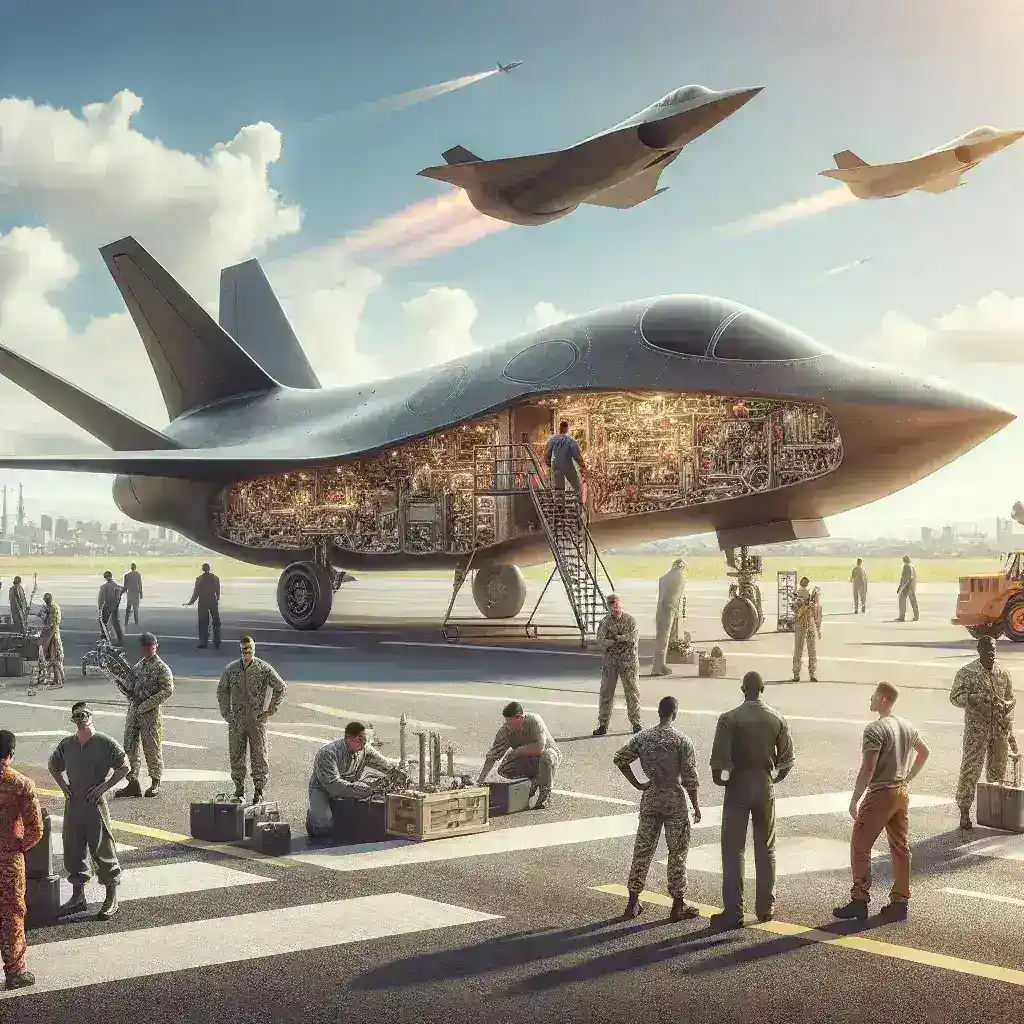India’s HAL AMCA Project Takes Flight: Prototype Development Approved
The skies are about to get a lot more interesting. India’s Hindustan Aeronautics Limited (HAL) has received the much-anticipated green light for the prototype development of its Advanced Medium Combat Aircraft (AMCA). This momentous decision signifies a major step forward for India’s indigenous defense manufacturing capabilities and positions the nation as a key player in the global aerospace industry. The project, fraught with challenges and brimming with potential, promises a significant overhaul of India’s air power.
A Long and Winding Road: The AMCA’s Journey So Far
The AMCA project isn’t a sudden burst of innovation; it’s the culmination of years of meticulous planning, technological advancements, and unwavering dedication from Indian engineers and scientists. The project’s roots lie in the necessity for a next-generation fighter aircraft capable of meeting the evolving threats of modern warfare. India’s existing fleet, while reliable, began showing its age. The AMCA was conceived as a response to this, a fifth-generation fighter jet designed for superior stealth, maneuverability, and advanced avionics.
Early conceptualization and design phases were marked by careful consideration of the aircraft’s features. The emphasis was on integrating state-of-the-art technologies, including advanced radar systems, sophisticated sensors, and potent weapon systems. The challenge lay in the ambitious aim of developing a truly indigenous platform, minimizing reliance on foreign technologies and expertise.
Technological Marvels: A Deep Dive into the AMCA’s Capabilities
The AMCA is not just another fighter jet; it represents a significant leap in technological prowess. Its design incorporates features rarely seen in aircraft of its class, highlighting the dedication of Indian engineers to pushing the boundaries of what’s possible. The hallmark of the AMCA is its commitment to stealth technology. Through careful design and materials selection, the aircraft aims to minimize its radar signature, making it incredibly difficult for enemy radars to detect.
Beyond stealth, the AMCA boasts superior maneuverability, exceeding the capabilities of many existing fighter jets. This agility, combined with advanced sensors and targeting systems, grants it a considerable advantage in aerial combat. The aircraft’s avionics suite is another area of significant advancement. It incorporates cutting-edge technology, enabling improved situational awareness, enhanced data processing, and seamless integration with other platforms.
A Game Changer for India’s Defense Sector
The approval for prototype development is not merely a technological milestone; it has significant implications for India’s defense sector as a whole. The project fosters indigenous technological development, reducing dependence on foreign suppliers and strengthening national security. It also has considerable economic ramifications, stimulating growth in the aerospace sector and creating numerous high-skilled jobs.
The success of the AMCA will significantly enhance India’s strategic capabilities. It will provide the Indian Air Force with a potent weapon system capable of effectively engaging a wide range of threats. Its advanced stealth capabilities will make it a formidable adversary in modern warfare, while its superior maneuverability and avionics provide a significant edge in aerial combat.
Challenges and Opportunities Ahead
Despite the positive news, challenges remain. The development and testing of a fifth-generation fighter jet is an exceptionally complex undertaking, requiring resources, expertise, and meticulous attention to detail. Ensuring the project stays on schedule and within budget will be crucial. International collaboration, while potentially beneficial, needs careful consideration to safeguard indigenous technology and intellectual property.
However, the opportunities are equally abundant. The success of the AMCA could open doors to lucrative export markets. Many countries are seeking advanced fighter jets, and the AMCA’s unique blend of stealth, maneuverability, and affordability could make it a highly attractive option. This success could also propel India’s aerospace industry to new heights, positioning it as a global leader in the sector.
Looking to the Future: Predictions and Speculations
The AMCA’s successful prototype development marks a significant moment, but it is just the beginning. The years ahead will be crucial for the project’s continued success. Rigorous testing and refinement will be necessary to ensure the aircraft meets its performance goals and addresses any unforeseen challenges. Successful completion of the prototype phase could lead to the production of a fleet of AMCA aircraft, bolstering India’s air power significantly.
The long-term impact of the AMCA project is hard to predict precisely. However, its success will not only enhance India’s military strength, but it will also solidify the nation’s position as a leader in aerospace technology. The project’s success could inspire other developing nations to invest in indigenous aerospace technologies, creating a ripple effect across the global defense industry.
Conclusion: A New Era for Indian Aerospace
The approval for the HAL AMCA prototype development marks a pivotal moment in Indian aerospace history. It represents not just a technological achievement but a significant stride towards self-reliance in defense manufacturing. The road ahead will undoubtedly have its share of challenges, but the potential rewards are immense. The AMCA has the potential to transform India’s air power, strengthen its national security, and establish its presence as a global leader in aerospace technology. The journey has begun, and the skies await the AMCA’s arrival.
Further Considerations:
- Economic Impact: Detailed economic analyses are needed to quantify the project’s impact on job creation, technological advancements, and overall economic growth.
- International Collaboration: Exploring potential international collaborations for technology transfer and joint development programs could further accelerate the project’s progress.
- Environmental Impact: Assessing the environmental impact of the aircraft’s manufacturing and operation is crucial for responsible development.
- Technological Spin-offs: Identifying and exploring potential technological spin-offs from the project could lead to advancements in other sectors.

